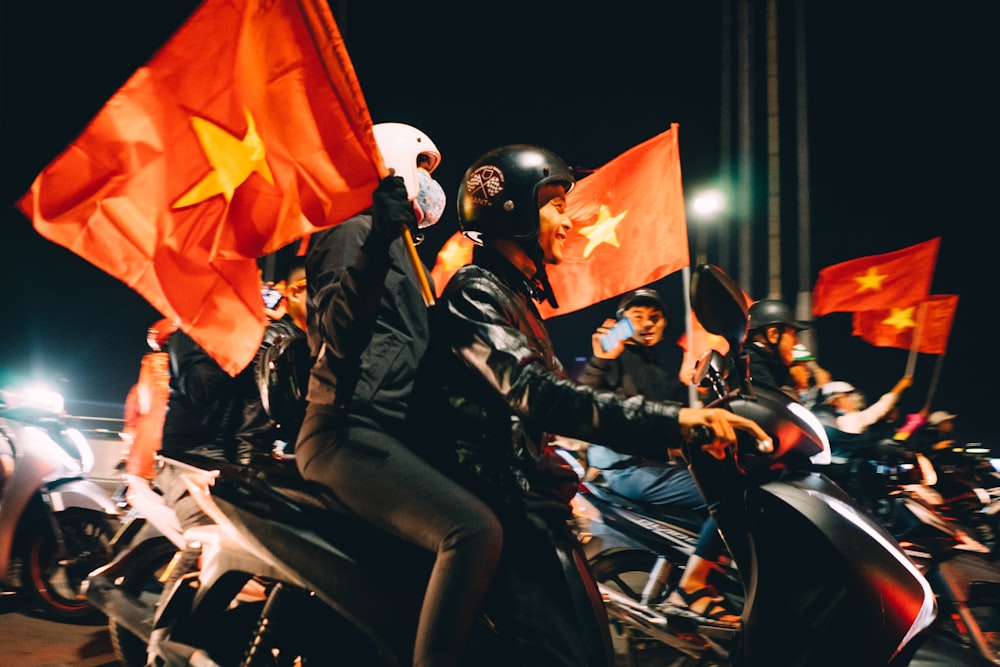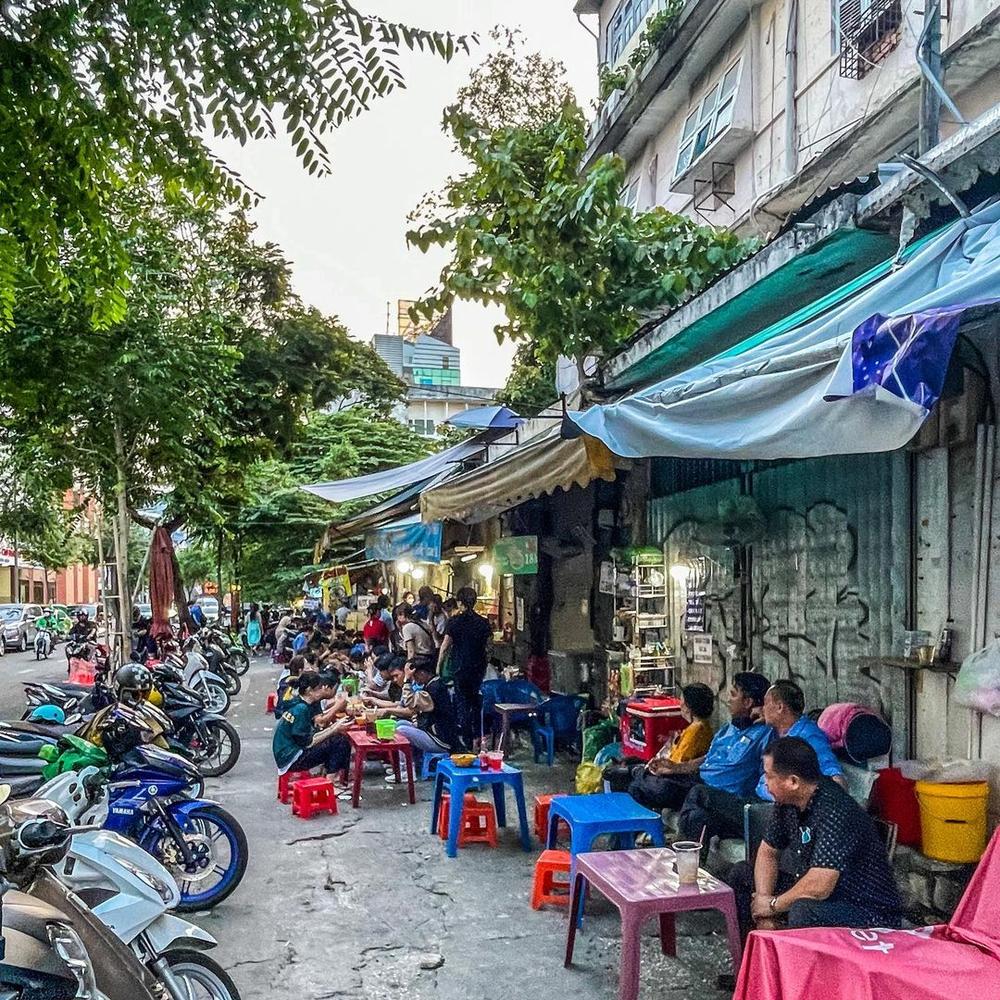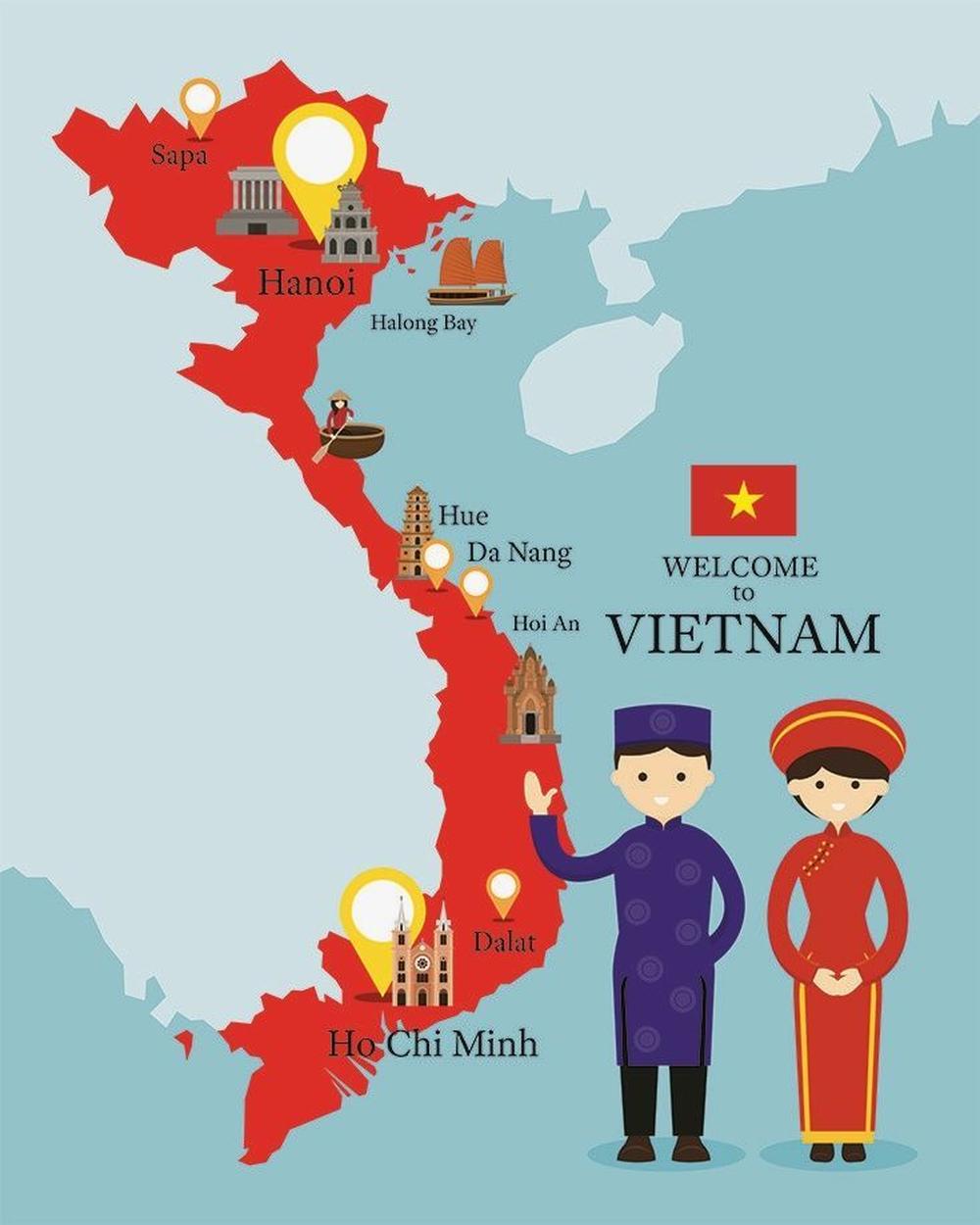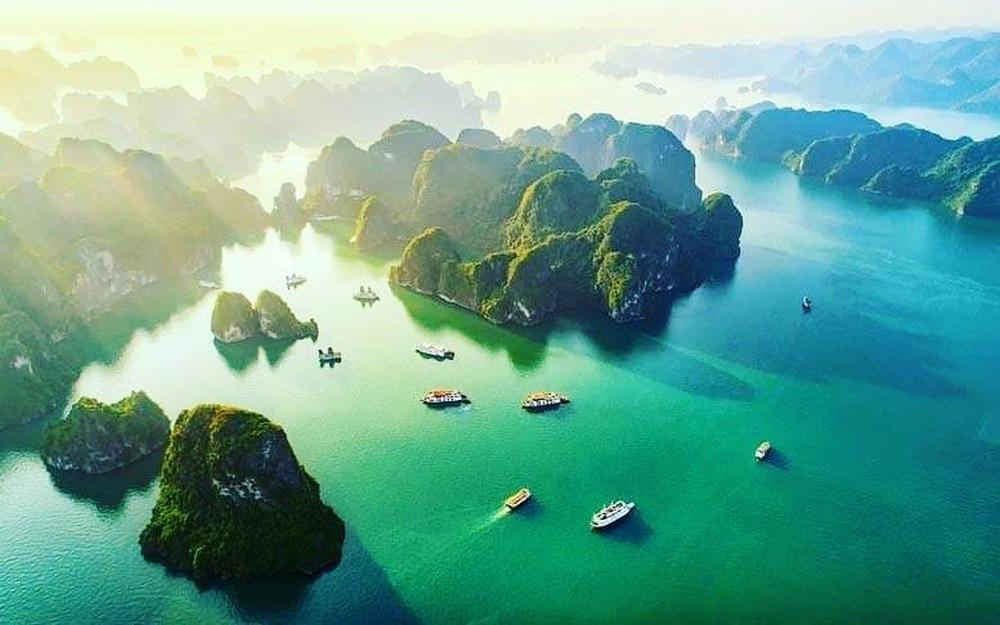10 interesting facts about Vietnam

Want to know more about Vietnam? Here are 10 interesting facts about Vietnam that you most likely did not know before reading this!
Vietnam is gradually becoming a popular tourist destination. Although some may not be considered a “must-see” country, Vietnam still has a lot to offer tourists. Vietnam is well-known worldwide for a variety of things, including Pho, Halong Bay, Egg Coffee, etc... But there is more to this vibrant country. If that isn't enough to persuade you to visit, here are 10 interesting facts about Vietnam to surprise you.

1. The unique S-shape of Vietnam
Vietnam's S-shape is a remarkable shape for a country, long and thin, like Chile in South America. Hanoi's capital is at the top of the narrow S curve, bordering China in the north and Laos in the west.

Then, the S trails down, passing through Hoi An, Hue (both must-see cities for any visitor to Vietnam), sharing a border with Cambodia to the west and a long, narrow coastline with the South China Sea to the east. The S then curves out at its southern tip, where you will find Vietnam's economic and transportation hub – Ho Chi Minh City (also known locally as "Saigon").
Fact 2: Halong Bay - Asia's largest limestone island ecosystem
UNESCO has designated Halong Bay as a World Heritage Site in northeast Vietnam. The entire area contains almost 2,000 limestone karst islands, making it Asia's largest island ecosystem.

The limestone is thought to have formed over 500 million years. In comparison, the karst has only been around for 20 million years. The islands of Halong Bay are named after their shapes, which is hilarious. Two of the most well-known are Stone Dog (Hòn Chó Đá) and Teapot (Hòn Ấm)!
But once you see the bay, any semblance of laughter is washed away by an overwhelming sense of awe at the emerald waters surrounding these rocky, rainforest-topped wonders.
Fact 3: Home to the world’s largest cave: Son Doong Cave
Son Doong Cave is the world's largest cave in terms of volume. What's truly unique about Son Doong Cave is that discoveries are still being made. Researchers discovered in 2019 that the cave might be even more extensive than previously thought because its river connects to another nearby cave called Thung Cave.
Son Doong cave in Vietnam. Photo by @travelonecompany
Son Doong Cave is a natural wonder that stretches for three miles. It's big enough for a Boeing 747 to fly through, and many of the cave's chambers could fit an entire block of buildings in New York City.
The cave's roof has collapsed in a couple of places, inviting the jungle into its depths. Trees, plants, and wildlife have fallen into the hole and made it their home. Today, these trees can grow over 30 meters tall, creating a unique ecosystem for Son Doong Cave. It is said that, under the right conditions, clouds can form within the cave system!
Fact 4: The Golden Bridge - Held up by The Hands of God
If you want to see these giant, enchanting hands for yourself, go to the Sun World Ba Na Hills amusement park in Da Nang, Vietnam. Because of its captivating support system, the Golden Bridge has become a viral sensation since its opening in 2018.
The Golden Bridge, the masterpiece of Vietnam, is a 150-meter-long pedestrian bridge in Da Nang. Photo by bestprice
Though the bridge is intended to help travelers find their way between the gardens and the park's cable car station, it has indeed become an attraction in its own right. The hands were made of fiberglass and wire mesh and then designed to look stone. Plus, a great deal of effort was put into making the hands blend in with the surrounding forest.
Not only have people found spiritual connections with the bridge's design, but it has also been lauded as a structural masterpiece.
Fact 5: Vietnam street foods go directly into the Oxford Dictionary
Its infinite variety and incredible flavors distinguish Vietnamese cuisine. Banh mi and pho are two Vietnamese words defined in the Oxford Dictionary rather than being translated into English.
Banh mi Vietnam. Photo by foody
Banh mi is the signature sandwich that is becoming increasingly popular with people worldwide. In general, it is a loaf of bread with three main fillings: meat (roasted pork, barbecued or grilled pork), vegetables (pickled carrot, cucumber slices, and cilantro), and sauce (chili, tomato or soy sauce).
Pho Vietnam. Photo by @h.nhunggg16
Pho is a rice noodle soup with raw or cooked beef, beef tendon or meatball, bean sprouts, and herbs. Pho can eat at any time of the day, but it is most famous for breakfast. And you can find this dish everywhere in the country.
Fact 6: Egg coffee - A unique coffee available only in Vietnam
If you're a coffee connoisseur, you might be surprised to know that Vietnam is now the world's second-largest coffee exporter, trailing only Brazil. Coffee was introduced to Vietnam by the French in the 1800s and planted in highland areas, with an annual production capacity reaching only about 80 tonnes. After the Vietnam War, coffee production increased further. Vietnam has recently produced over 1 million tonnes per year.
Vietnam is the world's second-largest coffee exporter. Photo by primovn
Weasel coffee is the most expensive coffee in Vietnam, also known as Kopi Luwak or civet coffee in Indonesia and the Philippines. This specialty coffee costs around 150USD/kilogram and is one of the top ten most expensive coffees globally.
The process of digestion makes weasel coffee valuable and expensive. No mistake, you read that correctly. That is digestion. Weasels eat coffee fruit. Coffee beans are perfectly protected by a thin silk membrane and survive the weasel digestion system before being collected from the weasels’ feces. These coffee beans become very aromatic, with a vanilla aroma and a sweet taste.
Besides exporting it, the Vietnamese enjoy drinking it and have developed a rich coffee culture. The most common way is to use a small metal drip filter known as a "phin cà phê," which is served (hot or cold) with condensed milk as a sweetener.
Vietnamese egg coffee. Photo by indochinavoyages
The famous egg coffee of Hanoi is the unique way to drink coffee in Vietnam and possibly the tourists' favorite coffee they've ever tried. The egg coffee - “cà phê trứng” is made with whipped egg yolk and condensed milk. It was created in the 1940s when milk was scarce, and egg yolks were a convenient substitute.
Fact 7: Free Wifi
WiFi networks can be found almost anywhere in Vietnam. Photo by urbanistnetwork
WiFi networks are dependable and can be found almost anywhere in major cities. Most coffee shops, hotels, fast-food franchises, and even the main walking streets offer free Internet access. If the WiFi is password-protected, don't be afraid to ask staff for it. There is no surcharge.
Fact 8: 40% of Vietnamese people have the surname Nguyễn
In Vietnam, Nguyễn is the most common surname (estimates put it at around 40%!). However, 40 percent of Vietnamese people do not have a family connection.
40% of Vietnamese people have the surname Nguyễn. Photo by traveldanang
Instead, many people changed their surname to Nguyễn during the rise of the Imperial Nguyễn Dynasty in the 1800s. Changing surnames has been common throughout Vietnam's history when monarchs have changed, whether to conceal former loyalty to vanquished leaders or avoid persecution by new rulers.
So, if you meet two people with the same surname in Vietnam, it does not mean they have a familial or hereditary connection.
Fact 9: Vietnamese ethnic groups are incredibly diverse
Vietnam is a multiethnic nation with 54 ethnic groups recognized by the government. Each ethnic group speaks its language and practices its customs. The Vietnamese (Kinh) make up roughly 86 percent of the country's population and live primarily in deltas and coastal provinces.
Vietnam has 54 ethnic groups. Photo by mundoasiatours
The remaining 14%, or roughly 8.5 million people, are dispersed across mountainous and highland areas ranging from the north to the south. These groups have their languages, religions, rituals, and traditional housing and clothing styles.
Fact 10: Lotus is the national flower of Vietnam
In 2010, the lotus flower was chosen as Vietnam's national flower. The chosen flower is widely planted throughout the country. Lotus is a type of aquatic plant that grows in muddy ponds. Leaves are both waterproof and float. Flowers rise above the water's surface to catch the sun, bloom with stunning beauty, and emit a pleasant scent.
Lotus blossom- Vietnam's national flower. Photo by staticflickr
Lotus is a symbol of pure beauty that is not spoiled by mud and the powerful spirit of Vietnamese people who persevere in adversity to show their best qualities to the outer world, regardless of harsh circumstances.
Besides, the Vietnamese are so optimistic. When you visit Vietnam, you notice that there is no shortage of smiles on the faces of the Vietnamese.
This incredible country awaits your exploration of unspoiled islands, beautiful beaches, delicious food, fascinating culture, and fantastic history. Knowing 10 interesting facts about Vietnam will make your Vietnam vacation better than ever.
